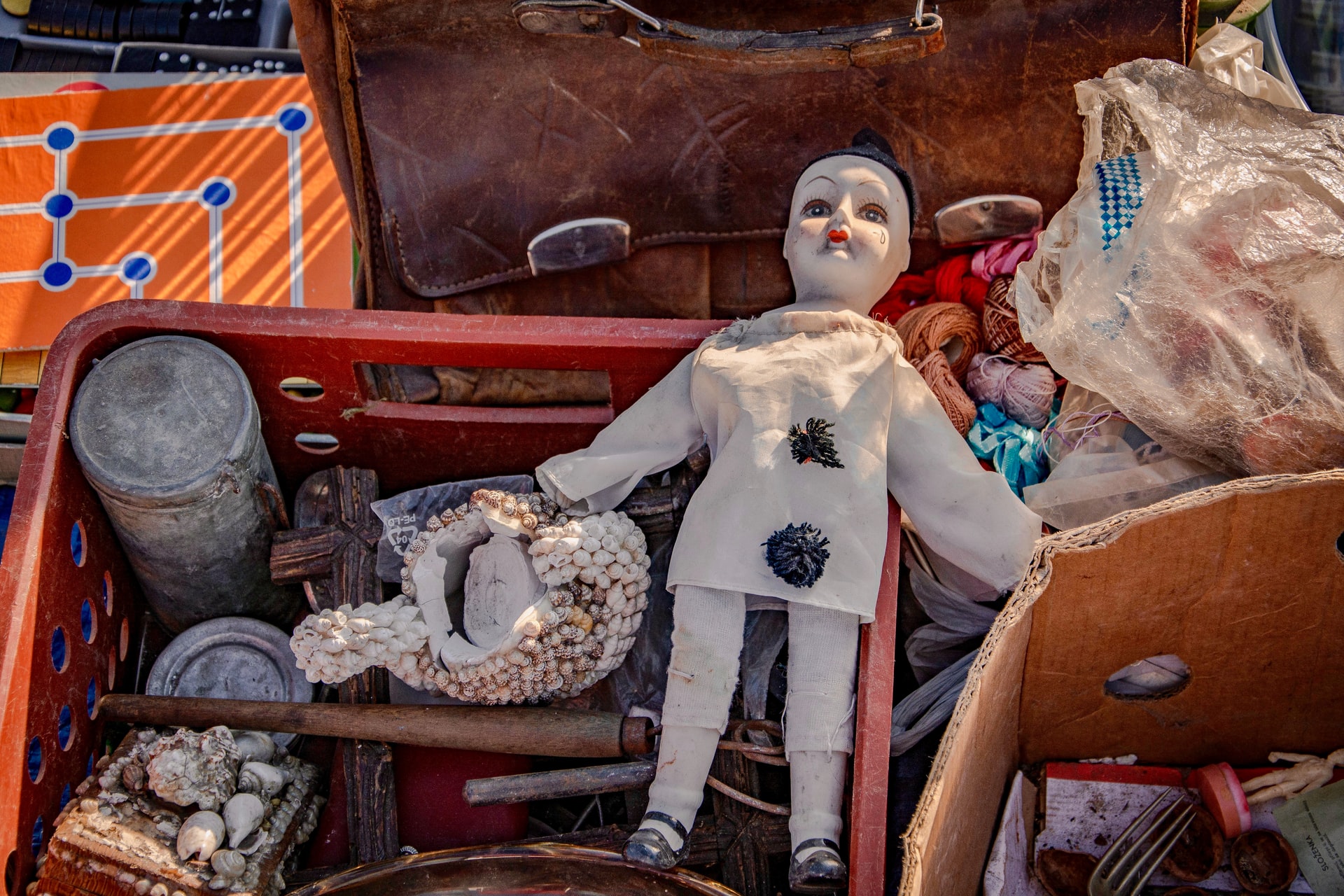In the context of product life cycles and the circular economy, the phrase "end of life" typically refers to the point at which a product or service has reached the conclusion of its use by a consumer. Joe Macleod took this phrase quite literally.
A designer by trade, Macleod wrote his first book, Ends, about the history of consumerism — through the lens of death. From the Black Plague to the Industrial Revolution in Northern Europe and its resulting acceleration of consumerism, society’s changing relationship with death has created a cultural disconnection from endings. Macleod now calls himself an "endineer" and works to help businesses begin at the end by designing consumer offboarding experiences that will maximize sustainability, develop new business models, mitigate risk and raise consumer satisfaction across industries.
Rather than letting replaced gadgets fill junk drawers or garments sit unworn in closets, an "endineer" might design a take-back program that would enable a brand’s resale business, engaging customers with intention and ensuring that value continues to flow through our industrial systems.
We caught up to discuss the value of consumer offboarding and the missed opportunity of leaving out the end.

Why should a company think about the end of its consumer experience?
More than anything, businesses go, "Oh my God, this is hiding in plain sight. I’ve never actually thought about the end of my product and I can’t believe that."
The past few decades have been about brand communication and loyalty, but that’s starting to ebb away as there’s much more competition in the marketplace and we create consumer experiences that are far quicker. Having meaningful and rich engagement in the long-term with a consumer is going to be of far higher value to businesses than just chucking products at them.
The trouble is that we haven’t designed emotionally engaging experiences at offboarding that will keep the consumer and the provider bonded together.
What does a really good consumer ending look like?
One of my favorite examples is for bottle recycling. In Sweden we have a "pant" scheme or deposit return system in which consumers pay a small deposit at onboarding, when they buy a bottle. What’s really important is that the end of the consumer relationship has been acknowledged from the start. There’s an agreement between the consumer and provider. The small deposit is a mechanism that keeps us bonded, and which keeps me engaged in that product. I know that product, the bottle, has value. There’s then a system of putting that bottle into the correct vessel, which will be disposed of and reprocessed into a new material. For the whole consumer lifecycle, the provider has the consumer embedded in that relationship from start to end.
That for me is a perfect consumer offboarding experience because it’s been talked about at the beginning, it’s tethered throughout until closure has happened and neutralizing has been concluded, and then there is no currency in it and both parties can depart.
Aside from a general consideration for product life cycles, why do consumer endings matter in a circular economy?
I actually often come up against sustainability and "circularity" as an issue. The circular economy discussion is so often focused on new materials, new processes, new manufacturing techniques, and I have been in so many conversations in which no one talks about a consumer. They fail to talk about the consumer experience and they fail to see marketing as this incredible gift for us to persuade people at offboarding to do the right thing.
We need to re-engage as individuals, as consumers and as businesses at the end of the consumer lifecycle so that individuals are engaged enough to throw a bottle in the right bin, to make sure a garment gets to the right place and to be collaborative. That happens through emotion.
If this is about anything, this is about meaningful engagement.
How do you reconcile a company’s need to center the consumer with the reality that every product is not the center of a consumer’s universe? Do consumers really care?
We are so good at telling stories, whether that’s through films, games or books. But I’d argue that the only human-made narrative structure that has no care at all for its ending is how the consumer experience happens. These consumer experience narratives have an amazing beginning, such an incredibly middle and nothing [at the end]. We abandon consumers and the experience has no conclusion.
As a consumer, I want to know that a product has been neutralized perfectly. I want to know that I am partnered with my provider that helped me purchase the thing so I’m not abandoned at the end and the story concludes with us going into the distance. That’s how we’ve got to start telling that story and making it simple for the consumer.
As a designer, do you think it’s the responsibility of designers to consider the end of a consumer experience?
As much as I did come to my work from a design point of view, it’s about collaboration. All of this is about everyone getting together and creating these product offboarding experiences and none of this is about your ego, identity or role at an organization.



